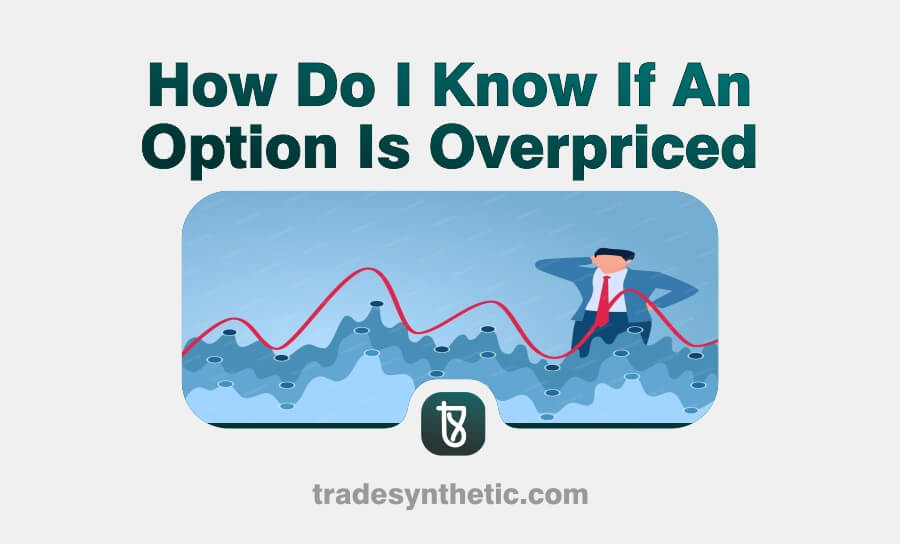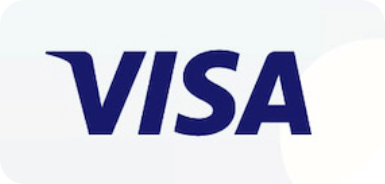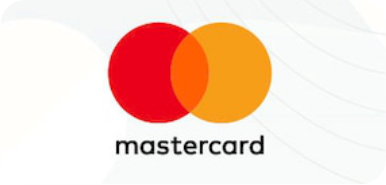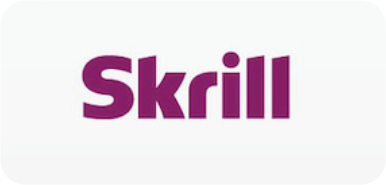For traders and investors trying to maximize their trading techniques, knowing if an option is overpriced is essential. Many factors affect options pricing, and knowing if an option is overpriced than its fair value can help traders make better choices. This article explores the methods and metrics that can be used to assess if an option is overpriced.
Elements of Options Pricing
Understanding the basic factors that influence an option’s pricing is crucial for determining if an option is overpriced. Among the main factors are:
Intrinsic Value:
- An option’s intrinsic value is determined by the current price of the underlying asset in relation to the option’s strike price.
Calculation:
For call options:
- Intrinsic Value=max(0,Current Price of Underlying−Strike Price)
For put options:
- Intrinsic Value=max(0,Strike Price−Current Price of Underlying)
Time Value:
- Time value is the extra sum that traders are prepared to spend in the hopes that the option’s value will rise before it expires. It takes into consideration the underlying asset’s unpredictability and possible volatility.
Calculation:
- Time Value=Option Price−Intrinsic Value
Time decay is the process by which the time value decreases as the expiration date draws near.
Volatility:
- Volatility is measured by the amount that the price of the underlying asset is anticipated to change. Because there is a higher likelihood that the option will expire in-the-money, increased volatility typically results in higher option premiums.
Types:
- Historical Volatility: Determined by the underlying asset’s historical price changes.
- Implied Volatility: Market expectations of future volatility are reflected in implied volatility (IV), which is derived from the market price of options.
Models of Pricing
When estimating options’ fair prices, two main models are frequently employed:
The Black-Scholes Model
For European-style options that are only exercisable at expiration, this approach is frequently used. The following variables are included in the formula:
- Current stock price (S)
- Strike price (X)
- Time until expiration (T)
- Risk-free interest rate (r)
- Implied volatility (IV)
The Black-Scholes formula for a call option is given by:
C=SN(d1)−Xe−rTN(d2)
Where:
d1=ln(S/X)+(r(IV^2)/2)T / IV T
d2=d1−IV T
The Binomial Model
This model can handle American-style options, which can be exercised at any point prior to expiration, and evaluates options using a discrete-time framework. It offers versatility in simulating various situations and possible directions for the price of the underlying asset.
Evaluating Expensive Prices
Traders can use a number of techniques to assess whether an option is overpriced:
Variance Risk Premium
- Analyzing the variance risk premium, which contrasts the market price of options with anticipated future fluctuations in the underlying asset, is one useful strategy. An option may be overpriced if its implied volatility is noticeably higher than its historical volatility. For instance, a straddle—a call and put option with the same strike price—may be overvalued if its premium is excessive in comparison to the underlying asset’s recent average movements.
Comparative Appraisal
- Pricing differences might be found by comparing an option to similar options. Examining options with comparable features, like strike prices and expiration dates, is part of this process. Overpricing may be indicated if one option trades noticeably higher than others under comparable circumstances.
Analysis of Market Sentiment
- Options pricing can also be influenced by market sentiment. Call options may become overvalued in optimistic markets because of increased demand brought on by hope for future price gains. Put options, on the other hand, can experience higher pricing in negative markets because of heightened anxiety about possible falls. To determine if current prices represent excessive optimism or pessimism, traders should keep an eye on sentiment indicators like put/call ratios or market volatility indices(like VIX).
Steps to Take in Practice for Assessment
Take into consideration the following actions to determine if an option is overpriced in practice:
- Determine the Time and Intrinsic Values: Start by figuring out the option’s intrinsic and temporal values.
- Make Use of Pricing Models: Determine the option’s theoretical fair value based on the state of the market using the Black-Scholes or binomial models.
- Contrast Historical and Implied Volatility: To find possible overpricing situations, compare implied volatility to historical volatility.
- Assess The State Of The Market: Think about more general market sentiment and trends that might be driving up demand for particular alternatives.
- Seek Out Opportunities For Arbitrage: Examine possible arbitrage opportunities by purchasing cheap options and selling expensive ones if there are differences between theoretical values and market prices.
In conclusion
A thorough grasp of pricing dynamics and market conditions is necessary to assess if an option is overpriced. Traders can make better choices regarding their options trading methods by examining intrinsic value, time value, volatility, and using well-established pricing models. Furthermore, monitoring comparative valuations and market mood will improve one’s capacity to recognize mispriced options.
Because of the inherent uncertainties in the market, investors should keep in mind that although these strategies offer insightful information, they do not ensure success. Successfully negotiating the intricacies of options trading requires constant learning and adaptation.
Frequently Asked Questions
1. How Does Implied Volatility Affect The Price Of Options?
- Given that it represents market expectations of future volatility, implied volatility is a crucial factor in options pricing. Because traders expect greater price movements in the underlying asset, higher implied volatility usually results in higher option premiums. On the other hand, option prices may decline if implied volatility declines.
2. How Can The Variance Risk Premium Aid In Identifying Options That Are Overpriced?
- The difference between implied volatility (IV) and realized volatility (RV) is known as the variance risk premium. IV may indicate that options are pricey if it is noticeably more than RV. In order to determine whether present prices indicate an overabundance of confidence over future price fluctuations, traders frequently examine this premium.
3. Does The State Of The Market Have An Impact On Whether An Option Is Deemed Overpriced?
Indeed, the state of the market has a significant impact on whether or not an option is overvalued. For instance:
- Higher premiums may result from an increase in demand for options in erratic markets as investors look for protection from price fluctuations.
- On the other hand, demand can decline in a steady market, which could result in lower premiums and a more affordable appearance for options.
- It is easier for traders to determine whether current prices represent speculative excess or true value when they are aware of these processes.










